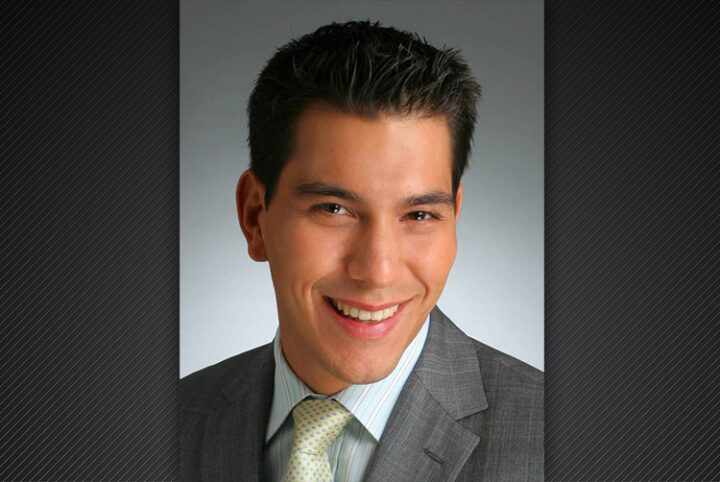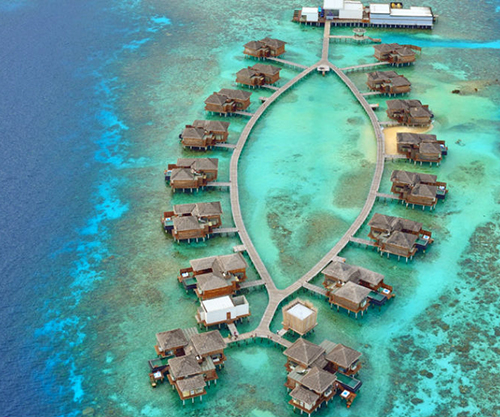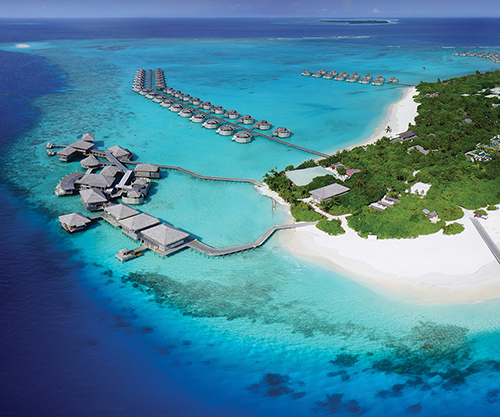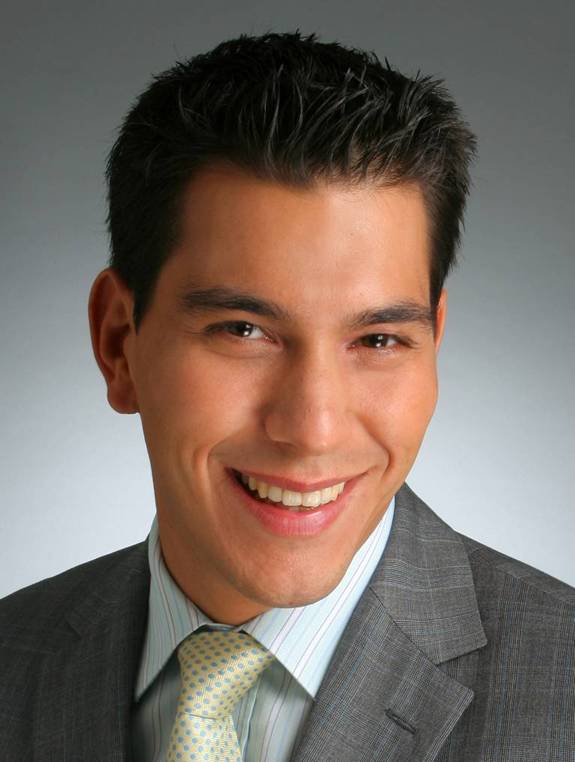
A Silver Lining: Nihat Ercan in Conversation
[vc_row full_width=”” parallax=”” parallax_image=”” bg_type=”” parallax_style=”” bg_image_new=”” layer_image=”” bg_image_repeat=”” bg_image_size=”” bg_cstm_size=”” bg_img_attach=”” parallax_sense=”” bg_image_posiiton=”” animation_direction=”” animation_repeat=”” video_url=”” video_url_2=”” u_video_url=”” video_opts=”” video_poster=”” u_start_time=”” u_stop_time=”” viewport_vdo=”” enable_controls=”” bg_override=”” disable_on_mobile_img_parallax=”” parallax_content=”” parallax_content_sense=”” fadeout_row=”” fadeout_start_effect=”” enable_overlay=”” overlay_color=”” overlay_pattern=”” overlay_pattern_opacity=”” overlay_pattern_size=”” overlay_pattern_attachment=”” multi_color_overlay=”” multi_color_overlay_opacity=”” seperator_enable=”” seperator_type=”” seperator_position=”” seperator_shape_size=”” seperator_svg_height=”” seperator_shape_background=”” seperator_shape_border=”” seperator_shape_border_color=”” seperator_shape_border_width=”” icon_type=”” icon=”” icon_size=”” icon_color=”” icon_style=”” icon_color_bg=”” icon_border_style=”” icon_color_border=”” icon_border_size=”” icon_border_radius=”” icon_border_spacing=”” icon_img=”” img_width=”” ult_hide_row=”” ult_hide_row_large_screen=”” ult_hide_row_desktop=”” ult_hide_row_tablet=”” ult_hide_row_tablet_small=”” ult_hide_row_mobile=”” ult_hide_row_mobile_large=””][vc_column width=”1/1″][vc_column_text]
Nihat Ercan is Executive Vice President of Investment Sales – Asia for JLL’s Hotels and Hospitality Group. Focusing on investment sales in the Asia region, Mr. Ercan has been personally overseeing JLL’s engagements in the Maldives for a number of years. With an impressive and consistent record that has seen six transactions successfully carried out since 2009, JLL is now the agency of choice for private lease holders and institutions seeking to sell tourism assets in the Indian Ocean as well as for those seeking valuation and advisory services.
Hotelier Maldives managed to locate Nihat Ercan while he was on a work visit to the Maldives in late 2014 to talk about JLL’s outlook for the Maldives tourism sector. Specifically, we also inquired about the investment climate and how the destination is perceived by foreign investors, both individual and institutional. Excerpts;
Hotelier Maldives: When did JLL first get interested in the Maldives and when did you begin working on attracting investors to the Maldives?
Nihat Ercan: We have been working in the Maldives and in the Indian Ocean generally for over ten years now. Initially, much of our work in the market focused on providing advisory services including feasibility studies, valuations, and related activities. From an investment perspective, we began to see the market opening up in 2009 with a growing number of investor inquiries resulting from a combination of favorable dynamics including increasing visitor arrivals, improved destination visibility, new, high-profile resort openings, etc. The first project we were involved in was the sale of Soneva Gili on behalf of its owner, Capital Hospitality Group. This was our first sale mandate and also the first open market transaction of an operating resort in the Maldives.
HM: Since then how many successful transactions have you carried out?

NE: Since then, we have transacted six resorts in the Maldives with JLL acting as exclusive marketing advisor on behalf of the seller. Our first sale, Soneva Gili, was a huge learning curve in terms of understanding the intricacies of resort operations in the Maldives, and how investors perceived opportunities. Amongst many other considerations, we were required to address complex questions regarding power plant and other system capacities, intricacies surrounding lease rentals, head leases, sub-leases, the mechanism for rental calculations, and how island areas are calculated considering the mean tide line. We also needed to prepare to answers for simple questions like ‘Is the Maldives sinking?’ – a common question from investors – ‘How do you get there?’, and ‘How do you get the logistics right?’ From a transportation and logistics perspective, Gili was relatively straight forward because within a short speed boat ride from Male; however, we still had to understand and explain the benefits and challenges of being within speedboat proximity to Male relative to resorts which are access via sea plane or fixed wing flights. Understanding all of this during the sales campaign was a huge undertaking. We applied what we learned from our first transaction to the next sale: Angsana Velaavaru. We sold the resort on behalf of Banyan Tree to CDL Hospitality Trusts (CDLHT), a publicly listed entity in Singapore. The acquisition was significant to CDLHT as it was not only their first resort acquisition but also their maiden foray into the Maldives. Shortly after, we completed our second Maldives transaction with CDLHT in 2013 – Jumeirah Dhevanafushi.
CDLHT’s Angsana Velaavaru transaction also coincided with the acquisition of Maldivian Air Taxi and Trans Maldivian Airways by Blackstone. These two major events turned the investment spotlight firmly on the Maldives and attracted additional institutional interest in the market.
HM: You were not involved in Blackstone’s acquisition?
NE: No, we were not involved. However, we were at the forefront of feeling the positive impacts of the acquisitions by Blackstone and CDLHT. There was a surge in confidence and appetite within the investment community for the market and this was further boosted by the legislative changes introduced by the Ministry of Tourism. For example, the extension of resort lease term from 35 years to 50 attracted the attention of Asian investors who generally prefer opportunities with longer land tenure. The calculation of land rent was also simplified and standardized at USD 8 per square metre, which makes it easier for foreign investors to assess the opportunities. Underpinned by rapid tourism growth and the government’s investor-friendly policies, together with the natural allure of the islands, the Maldives very quickly became a hotspot for investors around the world. Besides Soneva Gili, Angsana Velaavaru, and Jumeirah Dhevanafushi, we also advised on the sale of Constance Halaveli, Six Senses Laamu, and most recently, Konotta Island. Our experience in the Indian Ocean region is not limited to the Maldives. In fact, we have also been involved in the sale of the Movenpick Resort in Mauritius and Banyan Tree Resort in Seychelles.

HM: So where do the queries originate from…? From the sellers or the investors? Obviously you would already have a network of investors since JLL is a global entity working in real estate and hotels are, of course, one of your major concerns. So from the six transactions that you have been involved in the Maldives, were the queries coming from the sellers?
NE: Much of what we do comes down to relationships. Some relationships we have developed relatively recently from doing business in the Maldives while others have been formed over a long period of time. With groups like Banyan Tree, we have a long-term relationship that goes back many years within our firm; we have worked with them in the past and are very familiar with each other. When we think about our business as being about fostering relationships, it becomes more about understanding a firm’s strategy and aligning what we can offer as a firm across a spectrum of ownership services – advisory, feasibility, valuation and investment sales – to meet their strategic needs.
HM: And your terms of engagement, do they differ with the kind of deal you are working on?
NE: We are exclusively appointed by sellers to provide comprehensive advice relating to a disposition process; in this capacity we see ourselves as advisors and not just as brokers. I believe in win-win situations. Konotta Island was an excellent example of a win-win situation. The sale of Konotta Island was a fine example where we had to work closely with the seller as well as a consortium of lenders to market a resort that was close to 90% constructed. The resort was eventually sold to Outrigger Resorts, a Hawaiian-based operator who committed to completing the construction of the resort. The result of our process was a buyer who was pleased with an acquisition that secured a strategic location for their brand and a seller and lender who were able to exit from the investment in an orderly manner.
HM: So given that there are still 80 plus projects pending – islands that are leased by the government, pending development, some from as far back as 2004 and 2006, obviously this must be very good news for local developers and stakeholders. What is the average duration for a sale of this nature?
NE: Typical sale processes take anywhere from an average of six to nine months. By their very nature investment sales processes are quite intensive because of everything that is involved with transacting resort properties. We prepare offering collateral for the asset to to grab investors’ attention and educate them on the opportunity, which takes time to draft, design and print. We then market an opportunity on a very personal level to relationships we have developed over many many years. Of course we bring interested investors to the Maldives to see the resort. Quite often it’s an educational process getting investors to understand how business functions here and seeing the opportunities and the potential for the tourism market and the specific resorts that they are looking at. Then, following the marketing there is also due diligence that takes place; contract negotiation, and in the case of an asset sale, there is a gazetting process involved which is a legal requirement here in the Maldives.

HM: Given all the due diligence that you have to undertake for a transaction of this nature, do you engage with local lawyers and other consultants?
NE: Absolutely. The buyers we are dealing with are professionals. As professional buyers, they engage professional consultants. Quite often, this means having a valuer in place to provide an official valuation. It means engaging building consultants for surveys, building condition reports and M&E reports. It means looking at the environmental factors and having the surveys done. Also legal jobs. We work with a range of consultants locally and internationally with the expertise of handling that entire spectrum of work.
HM: So, what’s in the pipeline? Are you already working on some new deals?
NE: We are looking at some opportunities at the moment. Through our network of contacts we are in discussion on a number of possible sale options which we are evaluating. This is one of the reasons why I am here now.
HM: Overall, reading from your recent report on the investment potential in the Indian Ocean (Hotel Destinations Indian Ocean, August 2014) Maldives stands comparatively better off among other destinations in terms of Rev Par and Average Room Rate, and of course arrivals. Perhaps Maldives is not the leading destination in terms of arrivals but the room rates and Rev Par are considerably high.
In recent years we have seen the introduction of a mid-market or economy segment with the introduction of guest houses. We have also had some legislative changes, for instance the introduction of Special Economic Zones. Do you see these changes affecting luxury tourism in the Maldives in the next five to ten years?
NE: I think one of the key factors distinguishing the Maldives from some of its neighboring countries is that from a very early stage Maldives realized its national airline will not be in a position to compete with international airlines. So I think the government took a very wise decision in that they allowed an ‘open skies’ policy. And that in my view has been the key factor differentiating the Maldives and Mauritius and Seychelles. So you have a beautiful, pristine Indian Ocean destination with an open sky policy. Any airline with a desire to bring airlift into the country can come. Without question, the Maldives is one of the most connected gateway resort destinations in the world. And it continues to grow at a very rapid pace. You have got a plethora of carriers from the Middle East. Last year Turkish Airlines started flying, which has very strong connections with Eastern Europe. You have the traditional carries like British Airways and various other charter flights still coming. And then complimenting all that is a very storing grouping of Asian airlines led by Singapore Airlines with two flights a day. Korean Airways is now coming in with a stopover in Colombo. A number of Chinese airlines are coming in direct. Cathay Pacific has begun operating flights and they have great connectivity into mainland China. So the fact that all these airlines are coming in here allows for a very diverse mix of nationalities with different expectations. You have the traditional honeymooners, you have the European families who like to come during the European winter time for their two week holiday. You have the Asians who are more relaxed about monsoon and who are slightly more value driven and whom we do not mind coming here during the off season.

So what we are seeing in the Maldives is that seasonality now does not exist anymore from an occupancy perspective. The market performs at a pretty stable level of occupancy for the whole year. The rate… of course it varies depending on which market is coming at which time of the year. But resorts are operating at their very optimum level in terms of their trading potential. And that is one of the reasons why we see the RevPAR here is so strong.
Maldives has been historically known as a luxury resort destination with overwater villas and big rooms with plunge pools. So it had always historically attracted the well-travelled and the high-heeled but now with all these carriers coming in and word of mouth spreading very very rapidly, you have that sort of middle class that has disposable income to spend on holidays such as this and they have wanted to come here and wanted to experience what Maldives is about. You know we are very excited by that mid-market sector, mid to upper mid-tier sector because there is a huge volume of potential there as well. And I do not think it will necessary distract from the high-end but it will complement by offering a range of options for a range of budgets.
[/vc_column_text][/vc_column][/vc_row]






